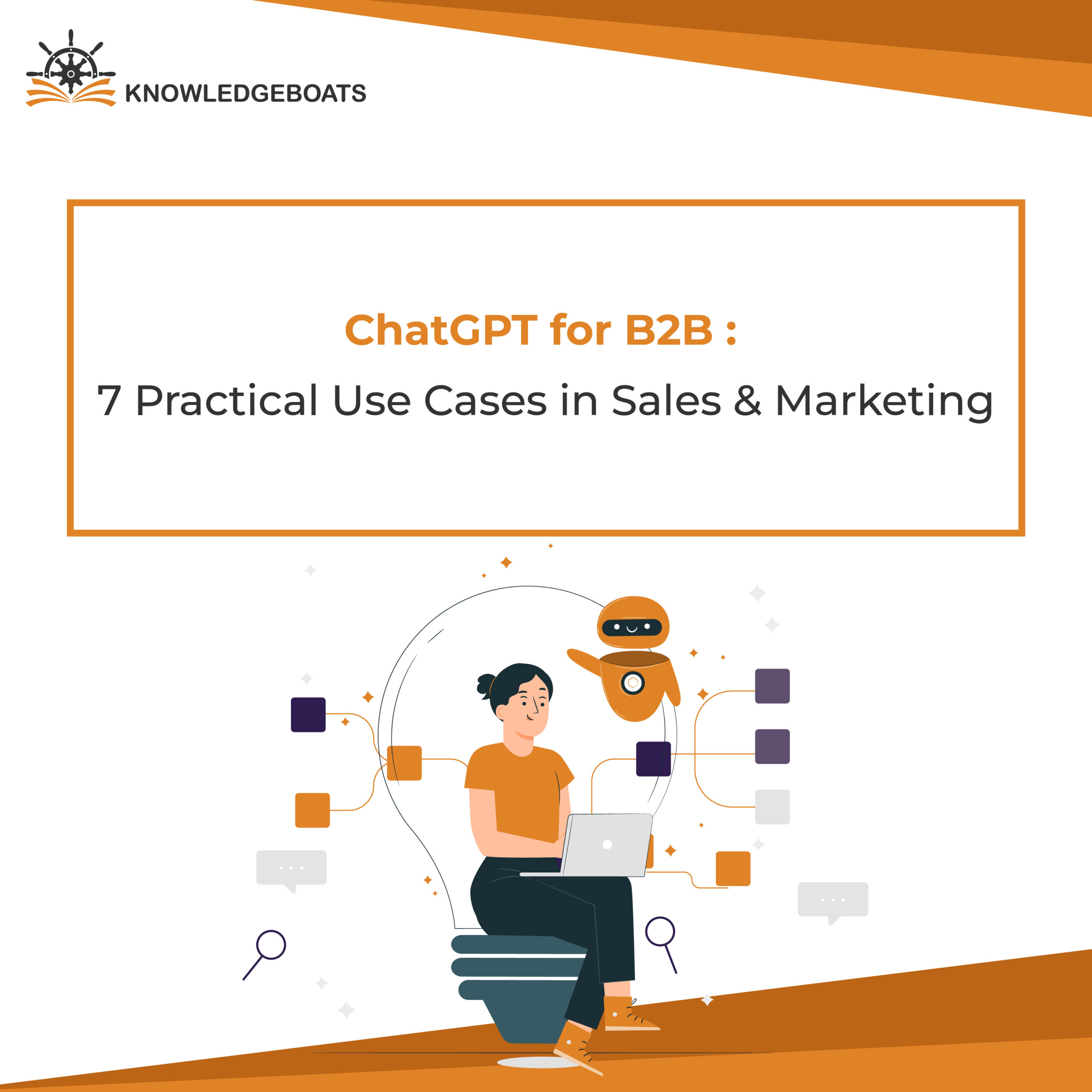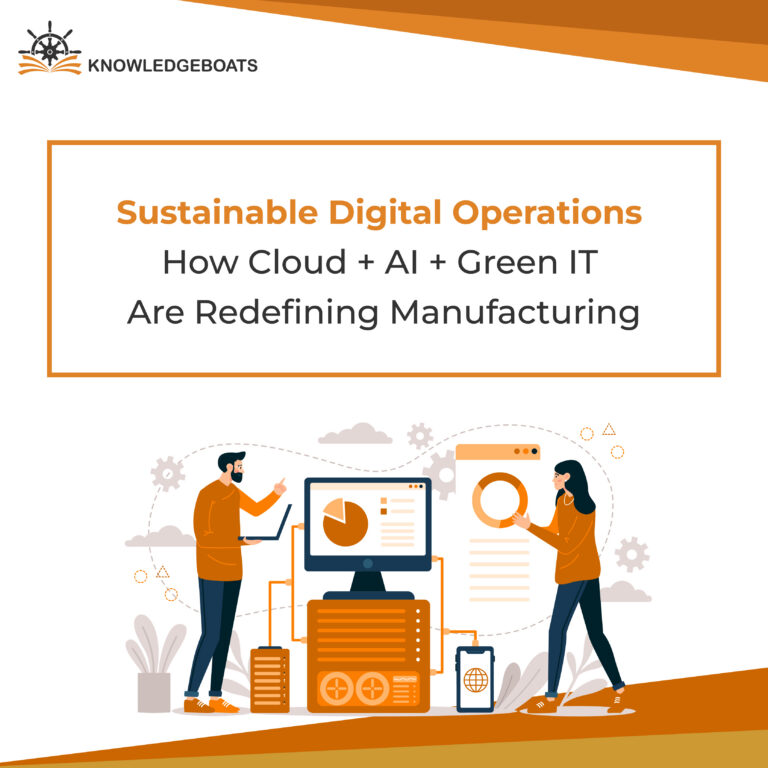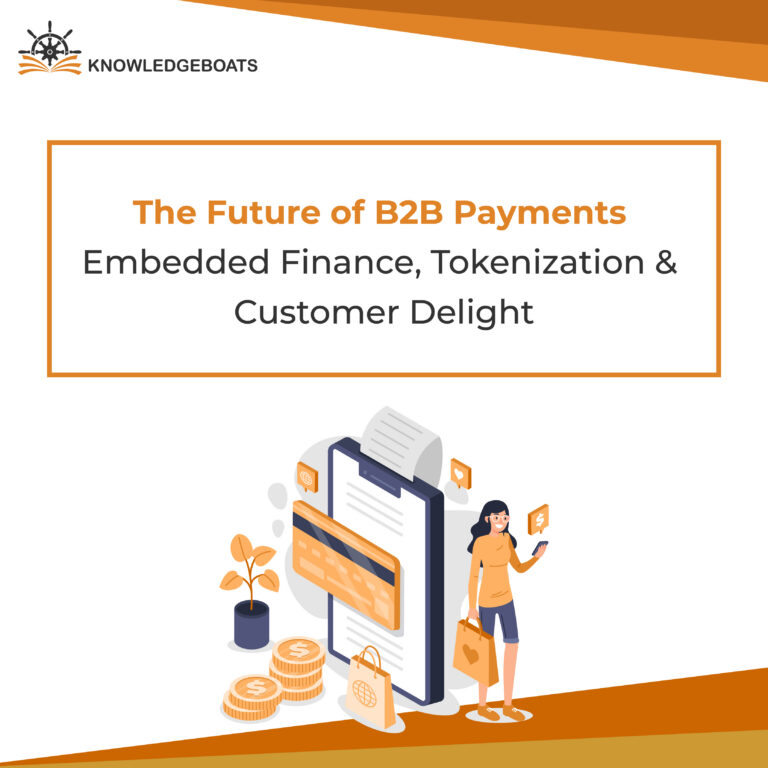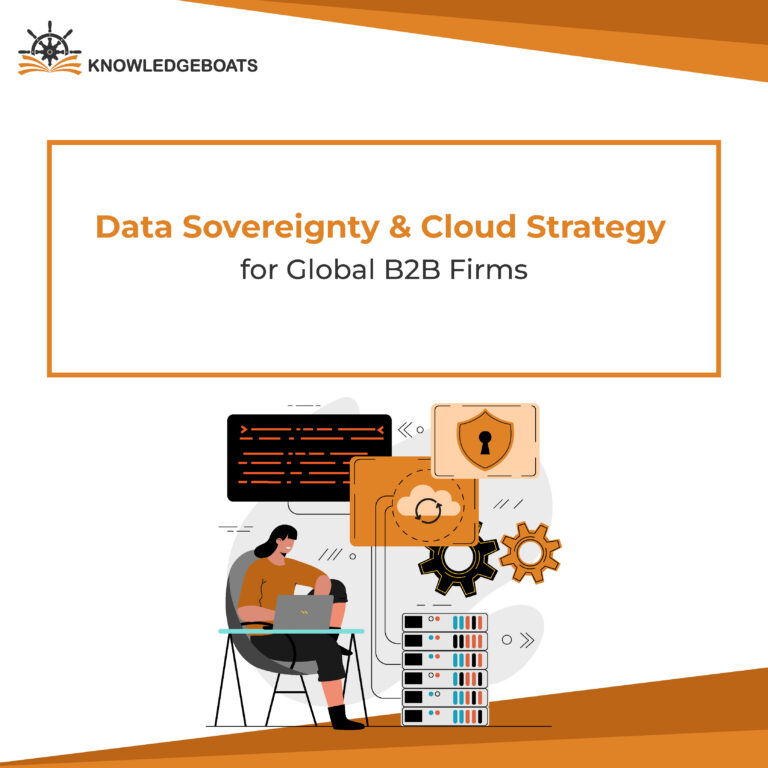
Everyone’s talking about AI, especially tools like ChatGPT and Gemini, which are the rage. It feels like it went from a cool tech demo to everywhere overnight. But if you’re in B2B sales or marketing, you might still be wondering, “Okay, but how can I actually use this thing beyond writing silly poems?”
Good news: It’s not just for poems, though it can do that. For B2B teams constantly juggling content demands, personalization efforts, and the never-ending quest for efficiency, ChatGPT isn’t just hype anymore. Studies show AI tools like ChatGPT can improve productivity in marketing tasks by up to 40%. It’s becoming a genuinely practical assistant that can seriously boost your productivity and help you get better results.
Look at it this way: AI handles the grunt work and repetitive tasks. It frees your mind and time so you can focus on the strategic thinking and human relationships that truly matter.
7 Practical Ways to Use ChatGPT in Your Daily B2B Workflow
1. Supercharge Your Content Creation & Idea Machine
Content is the engine of B2B marketing, right? We need blog posts, white papers, social updates, emails, and so on. Staring at a blank page or trying to brainstorm fresh angles can feel like a major time sink.
- How it Helps: Stuck on a topic? Ask ChatGPT for ideas! It can help you brainstorm blog post titles, build out outlines for articles, or even generate initial drafts. Got a long whitepaper? Get ChatGPT to summarize key sections or help you repurpose it into snackable social media posts. You can even feed it complex research and ask it to explain the main points simply.
- Try This: “Give me 5 catchy blog post ideas about the challenges IT managers face with remote work security.” Or “Draft an outline for an e-book on “Scaling Your SaaS Business’.” Or maybe, “Rewrite this product description paragraph to sound more benefit-driven for small businesses.”
- The Upside: Cuts down on staring at blinking cursors, speeds up drafting, and gives you a constant flow of content ideas to keep your audience engaged.
2. Personalize Outreach (Without Taking Forever)
Manual personalization for every single sales email or LinkedIn message? It’s non-negotiable in B2B, but it is time-consuming.
- How it Helps: This is where ChatGPT can be a game-changer. Give it a few nuggets of info about a prospect or their company (industry, recent news, role), and it can whip up personalized opening lines, suggest relevant points to highlight, or even draft a whole email tailored to their potential pain points. It’s great for quickly tweaking standard templates for different types of contacts.
- Try This: “Write a cold email opener for a Head of Marketing at an e-commerce company, mentioning their recent funding announcement and how our solution helps with [specific marketing challenge].” Or “Help me draft a follow-up message referencing our demo conversation about [feature] and suggesting a quick next step.”
- The Upside: You send more personalized messages faster, increasing the chances of getting a response, all while saving hours of manual writing.
3. Rapid-Fire Research & Information Summaries
Staying on top of industry news, competitors’ moves, or even wading through internal documents can feel like drowning in information.
- How it Helps: Paste text from articles, reports, transcripts, or docs (just be smart about sensitive data!) and ask ChatGPT to give you a quick summary, pull out the main takeaways, or list key action points.
- Try This: “Summarize the core arguments in this article about the future of work.” Or, “What were the main objections raised in this meeting transcript?” Or even, “Extract a bullet list of benefits mentioned on this competitor’s product page.”
- The Upside: Quickly get the gist of lengthy content, stay informed without reading every single word, and pull-out crucial details fast.
4. Build Out Better Buyer Personas & Understand Your ICP
Knowing exactly who you’re talking to, your Ideal Customer Profile (ICP), and buyer personas is fundamental. However, building these detailed profiles from scratch can be tricky.
- How it Helps: Use ChatGPT to generate structured frameworks for personas based on job titles or industries. Give it some basic info, and it can help you brainstorm common challenges, goals, motivations, and even preferred communication channels for someone in that role within a specific B2B sector.
- Try This: “Create a template for a buyer persona for a Sales Operations Manager in a tech company.” Or “List the typical daily challenges and priorities for a Chief Financial Officer in the manufacturing industry.”
- The Upside: This makes the process of defining and refining your target audience more efficient, leading to more focused marketing and sales efforts.
5. Preparation for Sales Calls & Handle Objections
Heading into a sales conversation requires preparation. And let’s face it, handling tough objections on the fly can be nerve-wracking.
- How it Helps: Use it to draft starting points for different types of sales scripts, cold calls, discovery calls, and follow-ups. You can also brainstorm potential objections based on your offering and the specific prospect, then work with ChatGPT to draft potential responses that sound confident and address the concern effectively.
- Try This: “Draft a 60-second opening script for a cold call to introduce a service that helps companies improve cybersecurity.” Or, “What are common objections to premium-priced B2B software, and how could I frame a response around long-term ROI?”
- The Upside: Builds confidence before calls, helps you anticipate tricky questions, and ensures your team has consistent messaging around common concerns.
6. Nail Your Ad & Landing Page Copy
Those short, punchy headlines and persuasive landing page paragraphs? They’re crucial for getting B2B prospects to click and convert. Writing them can take a surprising amount of iteration.
- How it Helps: Generate multiple variations of ad headlines and body copy specifically for different professional audiences or industries. You can feed it your value proposition and ask it to draft a copy that emphasizes different benefits (e.g., cost savings, efficiency, competitive advantage). It’s fantastic for brainstorming different calls to action too.
- Try This: “Write 4 variations of a Google Ad headline for a B2B accounting software, targeting CFOs.” Or “Draft persuasive copy for a landing page section about the benefits of our supply chain visibility platform.”
- The Upside: Speeds up the process of creating marketing assets, provides options for A/B testing, and helps refine your messaging for maximum impact.
7. Get a Head Start on Competitive Analysis
Know your competitors, know the market. That’s the foundation for making your best sales and marketing decisions.
- How it Helps: While it can’t browse the live internet (unless you’re using a version with that capability), you can provide ChatGPT with text you’ve gathered about competitors (from their websites, reports, etc.) and ask it to summarize their offerings, identify their apparent target market, or even brainstorm potential ways your product is different based on descriptions you provide.
- Try This: “Based on this text, summarize this competitor’s core features and their stated pricing model.” Or “Given our product focuses on [key differentiator], what are some potential market gaps we could target?”
- The Upside: Helps you quickly structure and analyze competitive information, making strategic discussions more informed and efficient.
Points to Consider:
Okay, that’s a lot of cool stuff, but hold up. ChatGPT isn’t some kind of magic wand, and it’s important to be realistic about its limitations.
- Accuracy is not guaranteed: It pulls from patterns, not real-time verified facts. Always double-check any information it provides, especially stats or specific company details.
- Human Touch is Non-Negotiable: AI-generated content is a starting point. You absolutely must review, edit, and refine everything it produces. Inject your brand voice, empathy, and industry nuance, and make sure it makes sense in context. Don’t just copy and paste!
- Privacy Matters: Be extremely careful about what sensitive company or client data you input. Treat it like a public forum and don’t put anything in that you wouldn’t want to get out.
- Bias Can Creep In: The AI is trained on vast amounts of internet data, which can contain biases. Be aware that its output might unintentionally reflect this, and correct it.
Wrapping Up!
Look, AI tools like ChatGPT aren’t going to replace the strategic thinking, relationship-building, and genuine empathy that make B2B sales and marketing successful. Not by a long shot.
But they are incredibly powerful assistants. By using them to take on those time-consuming, repetitive tasks like drafting initial copy, summarizing info, brainstorming ideas you free up your most asset: your time and human expertise.
Start experimenting with these practical uses. Find where AI can genuinely lift some weight off your shoulders. The way we see it, the future of B2B isn’t about choosing between humans or AI. It’s all about skilled professionals teaming up with smart tools to work smarter, build stronger connections, and achieve more impact.


